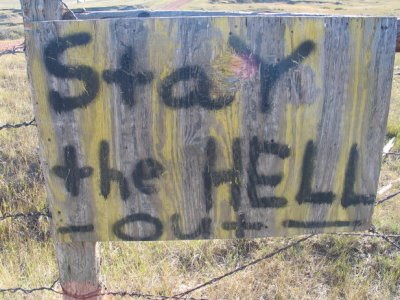Hope this will help you understand PG!!!
The Dickinson Press
When huge amounts of winter snow piled up this past winter around the state, flooding was certainly the big concern. Few, if any, could imagine that spring and early summer would come and go without any real measurable precipitation.
Flooding is nothing new to our state. North Dakotans know that too much water can be a problem, but drought can be a disaster.
This week, the U.S. Drought Monitor raised the North Dakota land in extreme drought to 36 percent; 95 percent of the state, at the very least, is abnormally dry. The drought has affected almost every part of life in our state. It has fueled wildfires, canceled Independence Day celebrations, necessitated burn bans, decreased fireworks sales and, of course, hit agriculture the hardest.
North Dakota Agriculture Commissioner Doug Goehring, a third-generation farmer, says this is the worst drought he has seen in more than four decades of farming. Recently, ag producers and ranchers met with U.S. Sen. Heidi Heitkamp, D-N.D., and producers gathered for a Golden Valley town hall meeting with Gov. Doug Burgum to discuss the effects the drought is having on agriculture.
Heitkamp, Goehring and Burgum heard the same message: That the summer of 2017 has become the perfect storm.
Producers told their elected officials what they already knew: Cattle prices are at near-record lows and some ranchers are selling off parts, or all, of their herds because there is not enough grass or hay to feed them. Rebuilding a herd takes a long time and a lot of money. Some ranchers may choose to just get out of the business.
Wheat fields are shriveling up. It's heartbreaking for farmers to work so hard, only to watch their investment of time and money lost. Many crops are so bad that they can't even be fed to cattle.
Elected officials are pledging to do everything they can to help. But, sadly, there is little if anything that can be done to help the folks who put food on our tables.
Opening Conservation Reserve Program fields to haying will help some, but haying of CRP will have increased transportation costs.
Working with drought monitoring and crop insurance companies can help, too.
The one thing we know our state can count on is this: North Dakota farmers and ranchers will respond to the historic drought of 2017, as they always do. They'll tighten their belts, work harder and rely on a pioneer spirit and innovation that has served them so well since the days of homesteading.
We urge everyone, when sitting down to break bread this year, to never take for granted the folks who put that food on your table.



